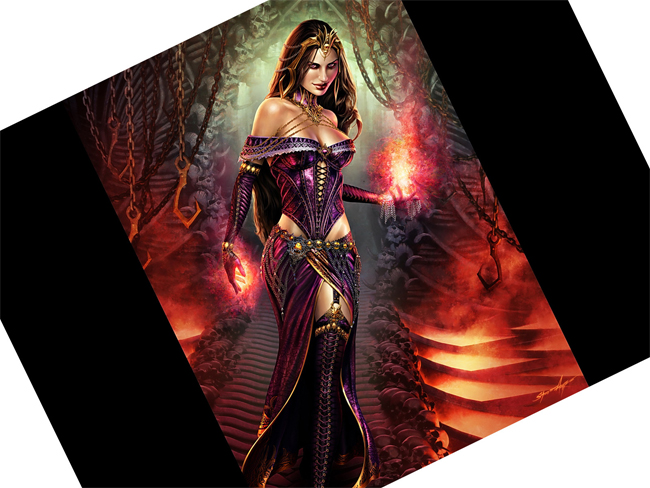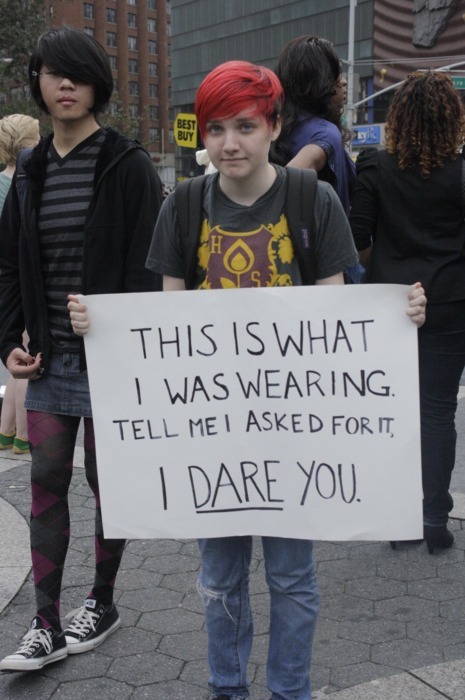Do You Feel Like a Hero? - My (Belated) Spec Ops: The Line "Review"
[SPOILER WARNING!!!]
With the exception of the original Ghost Recon, I have avoided every game that falls into the category of a "modern military shooter" for a few reasons:
1) I don't really find running around the Middle East and killing terrorists particularly engaging or fun.
2) I play video games partially for an escape and a lot of gunshots, blood, and death doesn't exactly do that.
3) I value my video game time as a solitary experience and generally dislike multiplayer which is the main reason the genre exists.
So when
Spec Ops: The Line was released earlier this year I didn't even give it a second look due to its genre. Luckily for me someone whose opinion I respect when it comes to writing/storytelling (Jesse Mason, @killgoldfish) convinced me to play the game.
Gameplay
"Yes, there is darkness to come. But take heart, the storm will soon break"
-Konrad's final orders to the 33rd
We'll just get the actual gameplay out of the way first: it's passable, but nothing exciting. The only new mechanic they introduce is the use of breaking windows to "drown" your enemies in sand, but the execution is super confusing and you only have to make use of it around three times throughout the entire course of the game (these sand sections were the source of the majority of my deaths, :(). Otherwise, it's just a very ordinary third person shooter (with a slightly buggy cover system that sometimes doesn't do what you expect). The game is not worth playing for the gameplay alone and if it didn't come so highly recommended I would have quit at around the two hour mark since the game takes time to pick up and the first 50% or so of playtime is your generic MMS (this is on purpose though, as will be addressed later).
Story
"And yet, they still take time to smell the dying roses"
-Radioman, intel on the citizens of Dubai
The game's story is also pretty mediocre. It's obviously supposed to be a "contemporary" (but alternate timeline) take on Conrad's Heart of Darkness, but has nowhere near the power of the original text or the other famous contemporary take on the story, Apocalypse Now. The story, at times, seems like it has a lot of potential, but then the heavy-handedness of the developers shows up and dashes any hope of that. The developers want you to know that war has consequences and people die. They want you to know it so much that they make you walk (they don't let you use the run command in these portions of the game) through corridors of dead bodies at least four times (I honestly lost count) as well as a few hallucinations where you see enemies looking like your team members (but kill them anyways). On top of the heavy-handedness of the overall message, the ending is basically as cliche as you can get with the major revelation that the antagonist was dead the whole time and you've been carrying around the phone Rick uses to talk to Lori while a number of the events you've gone through in the game have been an illusion (which makes no sense given how your team members reacted to the events, especially when you had to pick which prisoner to execute, unless that was all also an illusion) which is the most intellectually unsatisfying ending imaginable. The story is still a drastic improvement compared to the usual privileged white American male fantasy of killing thousands of Brown people so it's not a complete flop, just not as good as it should be.
There are still a number of things the story does well though. The voice acting is top notch and the characters are well developed as things spiral more and more out of control. While walking through bodies multiple times dampens the emotional impact, there is one point where the player is given control of essentially a drone to bomb your enemies with white phosphorous (you have to kill every dot on the map or else you fail the mission) to then have to walk through a street of burning corpses only to discover that over half of the casualties you caused are civilians. Another powerful scene is the point outside the radioman's base where the radioman tells you a small bit of backstory about every soldier killed (
relevant xkcd).
Why the Game is Incredible
"Where's all this violence comin' from man? Is it the video games? I bet it's the video games"
-Radioman
While the gameplay and story of
Spec Ops are nothing special, the game is simply groundbreaking in how it interacts with the player. Contemporary video games, much like premodern paintings, act as a "window" into the world of the game with the intent of placing you in the "shoes" of one of the characters. Impressionism, just like
Spec Ops was a completely uninspiring movement in terms of the quality of the final products (people who have Monet's
Water Lillies as their favorite painting have no taste), but it was the first movement to embrace the medium: they shattered the view of a painting as a window and instead embraced the canvas as a flat space. Rather than use optical tricks to present the painting as a representation of something physical, the movement chose to purposely "flatten" the image onto the canvas. The depth previously created by using perspective techniques was instead replaced by taking advantage of the physicality of the medium itself: if something was supposed to be thick, you just used more paint.
Spec Ops then is the first game to take advantage of
being a game (plenty of other games, just like many premodern paintings, broke the 4th wall and acknowledged the medium).
Spec Ops take on the morality/choice system is the most obvious example of this: in the beginning of the game your choices simply do not matter and the game goes out of its way to show this to you. The most jarring example is when you are presented with the choice to save someone who has important intel or to save two civilians (after watching a third be executed). No matter which path you choose (the game took me an extra few hours because I chose to replay each choice multiple times to confirm my suspicions) everyone ends up dead and you end up with no intel. While having choices that don't really matter is nothing new
(not hiding the fact might be novel, but that's not a huge deal), it's what the game does starting at around the three hour mark that is: it presents choices where there is only one allowable decision. This is
not the same thing as having
no choice though, it's very obvious to the player that at any point the team could have just walked away from everything, but that choice was never yours to make since the choices are made by the characters in the game. This removal of choice therefore serves a very important purpose
in that it removes you from the position of a
character and instead puts you in the position of
observer making the game function as interactive fiction in the truest sense and, with this realization, all the game mechanics that originally seemed odd or quaint suddenly fit perfectly. The third person perspective wasn't implemented just for the cover-based combat, but was to show that you're just along for the ride and function as an "invisible" party member. The lack of an in-game soundtrack which is instead replaced by a radio station blasting across Dubai is suddenly the only way to implement music in the game while keeping the 4th wall intact. Even the beginning credits, which cast you as a "special guest" along with your Steam username, play a role in establishing your role in this game as the aforementioned observer.
Spec Ops knows this reveal is a big deal and sets it up beautifully. For the first few hours of the game the player can see themselves as the protagonist as he's the "hero" traditionally associated with the MMS genre. It is only after the killing of a large number of civilians that the player realizes that he is not anywhere close to a hero and they're going to be dragged along for the ride. The irony of Walker continually claiming to have had "no choice" but to do what he has done coincides with the player having less and less choices and the realization that Walker has had every chance, every opportunity to just leave and go home that frustrates the player as they wish more and more they could make it for him. Instead, the player must endure hours more of senseless killing as they step further and further out into Macbeth (literal) river of blood. In one mission your sole objective is just to "obey", if there was ever any doubt of how much the game cared about what you wanted.
The player is given one choice that affects how the game plays out, but I think it was inserted as a test to whether the player correctly understood their role in the game. In the final scene the player is given the choice to
observe as Walker kills himself as a consequence of all his decisions or to take responsibility for Walker's choices and shatter the mirror (also significant as without the person in the mirror to blame, the only person Walker can place the burden on is you).
Conclusion
"No matter what, endure. Be ever vigilant. Hold the line"
In the end,
Spec Ops is not just an MMS, but instead an examination of the player/character relationships in traditional game design. The antagonist being named Konrad (phonetically identical to Conrad, the author of
Heart of Darkness) again lends itself to the idea that you are an observer (or reader, in this case) and not an active participant being told a story by others. The title of this post comes from a question asked to you during a loading screen and the game makes sure that you answer it with a resounding "No".
































